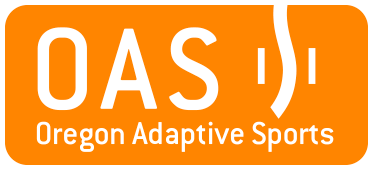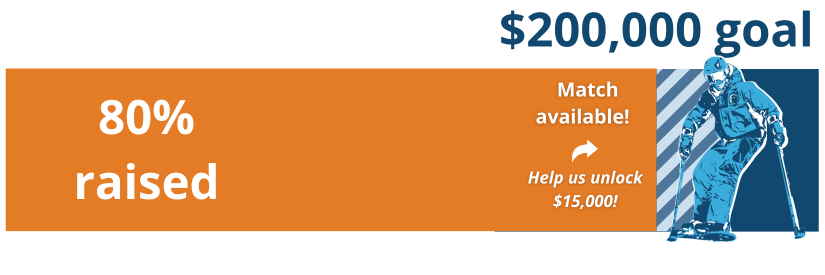Athlete Safety
All OAS programs include inherent subjective and objective natural and man-made hazards and risks, which vary depending on sport, season, location, weather, populations, and many other variables. Incidents with these factors can result in serious or fatal injury.
Our programs often take place in rugged and remote environments. Often programs take place in areas that have little or no cell reception. Many of our programs can involve high rates of speed. We ask our participants to actively participate in managing the risks of all of our activities to the best of their ability.
By participating in our programs, participants and if applicable, their parents/guardians, are accepting these associated risks. Should there be any questions, please do not hesitate to contact us directly.
All participants are required to follow Oregon Adaptive Sports policies and procedures and will be required to sign a release of liability agreement prior to participation. We also encourage you to review the equipment information available on our website to gain a better understanding of the types of equipment you/the participant many use during programs.
All OAS participants, volunteers, staff and community members are expected to act in way that demonstrates respect and consideration to all fellow members of the OAS community, on-mountain or on-site third-party staff and volunteers, and to the general public at large who may be co-inhabiting the site of OAS activities. OAS retains the ability to refuse or reduce service to any person who fails to follow this rule, as well as to any person who poses any threat of physical or emotional harm to themselves or others.
As a participant, it is also important that you take responsibility for your own experience, as well as the experience of others.
Please observe the “Your Responsibility Code” when skiing, snowboarding, biking or participating in any of our other programs. It is key that you work with your instructor to ensure the best experience possible.
For reference, please review the Staying Safe page on Mt Bachelor’s website.
Skier’s Responsibility Code
Skiing can be enjoyed in many ways. At ski areas you may see people using alpine, snowboard, telemark, cross country and other specialized ski equipment, such as that used by disabled or other skiers. Regardless of how you decide to enjoy the slopes, always show courtesy to others and be aware that there are elements of risk in skiing that common sense and personal awareness can help reduce. Observe the code listed below and share with other skiers the responsibility for a great skiing experience.
- Always stay in control, and be able to stop or avoid other people or objects.
- People ahead of you have the right of way. It is your responsibility to avoid them.
- You must not stop where you obstruct a trail, or are not visible from above.
- Whenever starting downhill or merging into a trail, look uphill and yield to others.
- Always use devices to help prevent runaway equipment.
- Observe all posted signs and warnings. Keep off closed trails and out of closed areas.
- Prior to using any lift, you must have the knowledge and ability to load, ride and unload safely.
KNOW THE CODE. IT’S YOUR RESPONSIBILITY.
This is a partial list. Be safety conscious. Officially endorsed by: National Ski Areas Association.
Unpredictable or Aggressive Behavior
- Any participant who exhibits concerning or unpredictable behavior in regard to chairlift risk management may be required to use a retention belt.
- OAS reserves the right to refuse chairlift access if the participant will not or cannot wear a retention belt.
- OAS reserves the right to refuse chairlift access to participant’s who exhibit unpredictable or aggressive behavior.
- OAS reserves the right to refuse its services to participants who are aggressive towards others or present a danger to themselves or others.
Risk Management Training
Oregon Adaptive Sports has invested in the quality of its risk management practices by participating in a Risk Management Training offered by NOLS, an organization with over 50 years of experience managing risk in wilderness environments. As a result of this training, while NOLS doesn’t endorse or certify our practices, OAS is further enhancing its risk management strategy. We have invested time and resources in these practices because the health and well being of our participants, volunteers and staff is one of our highest priorities.

